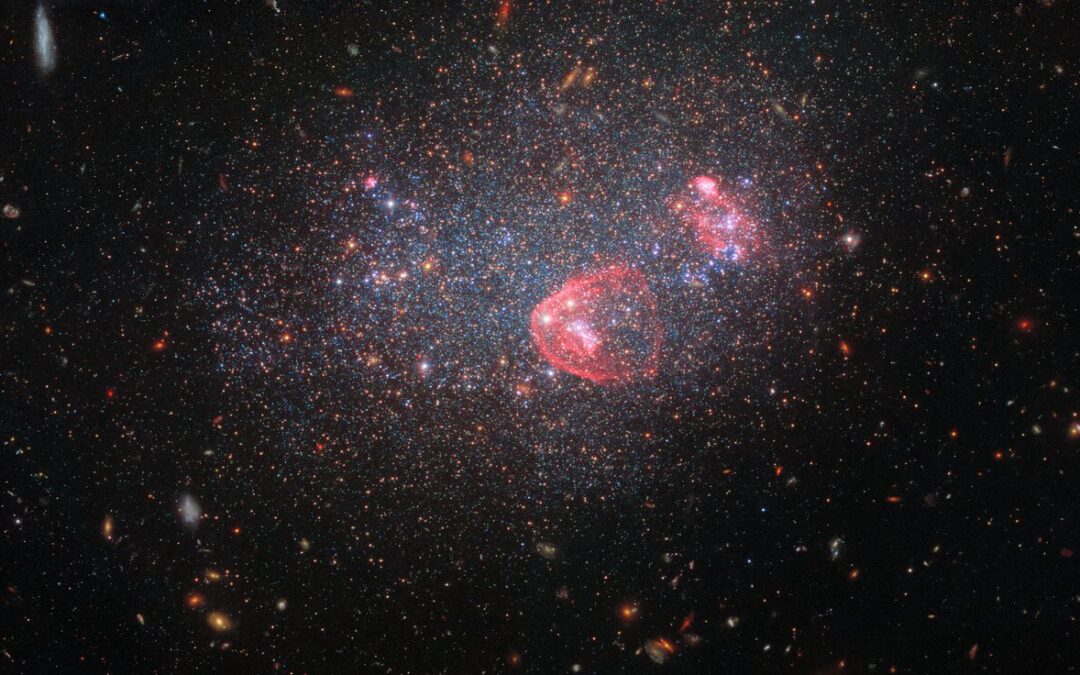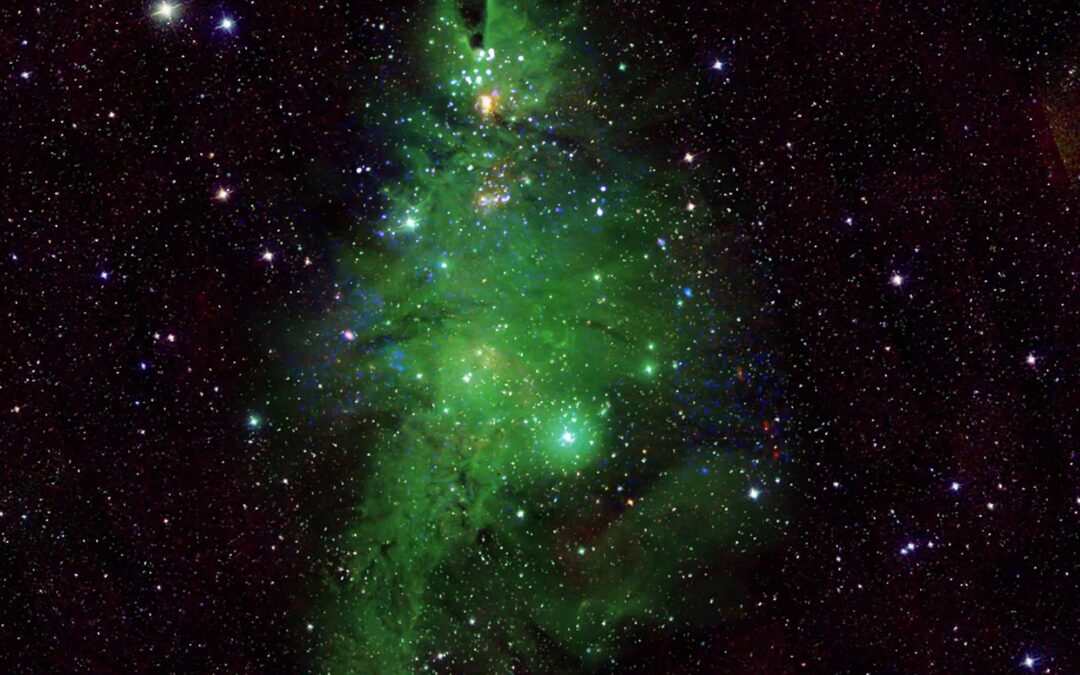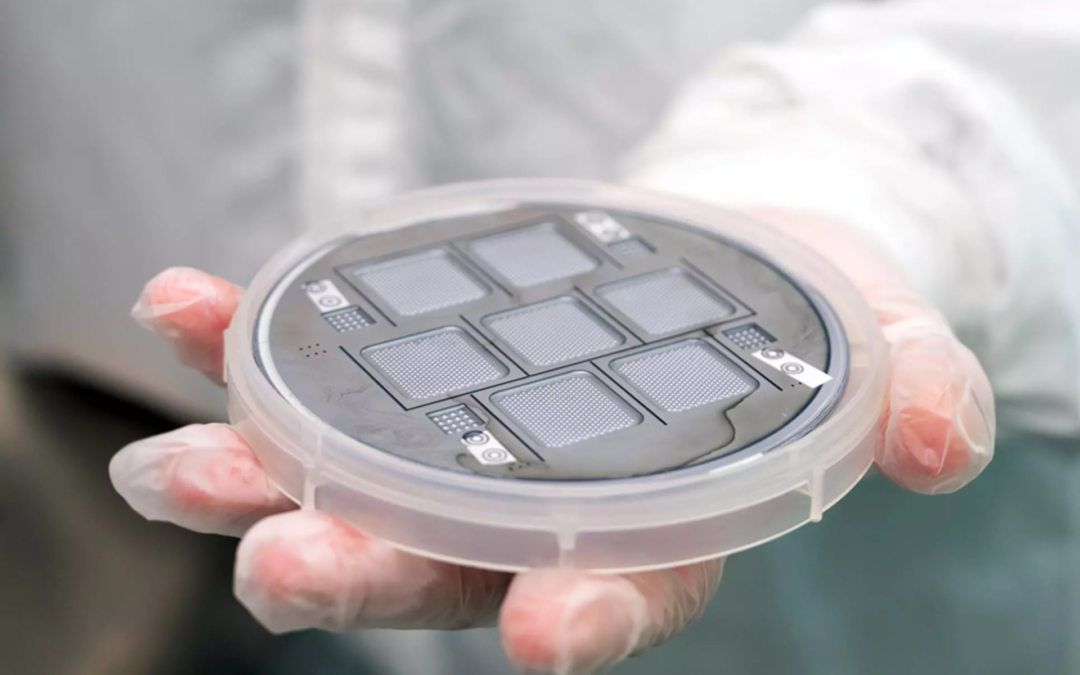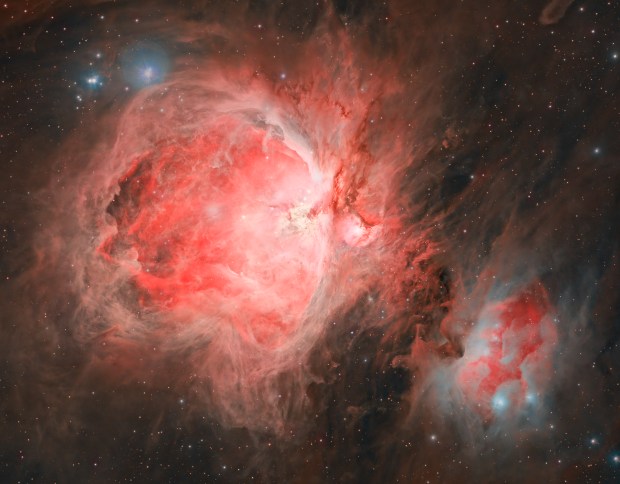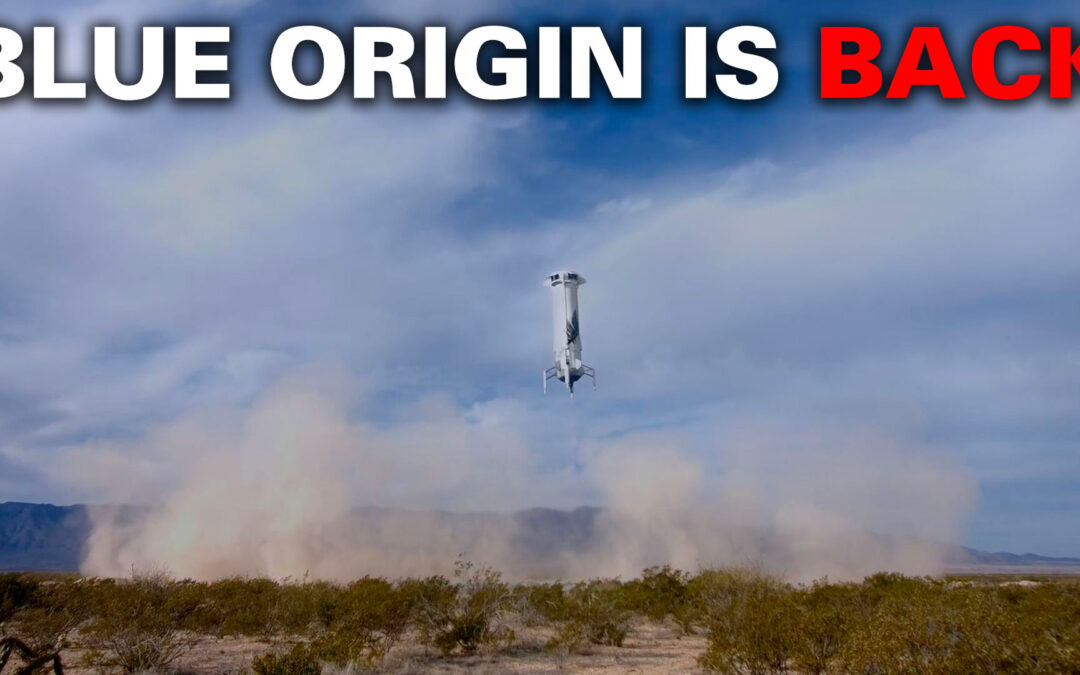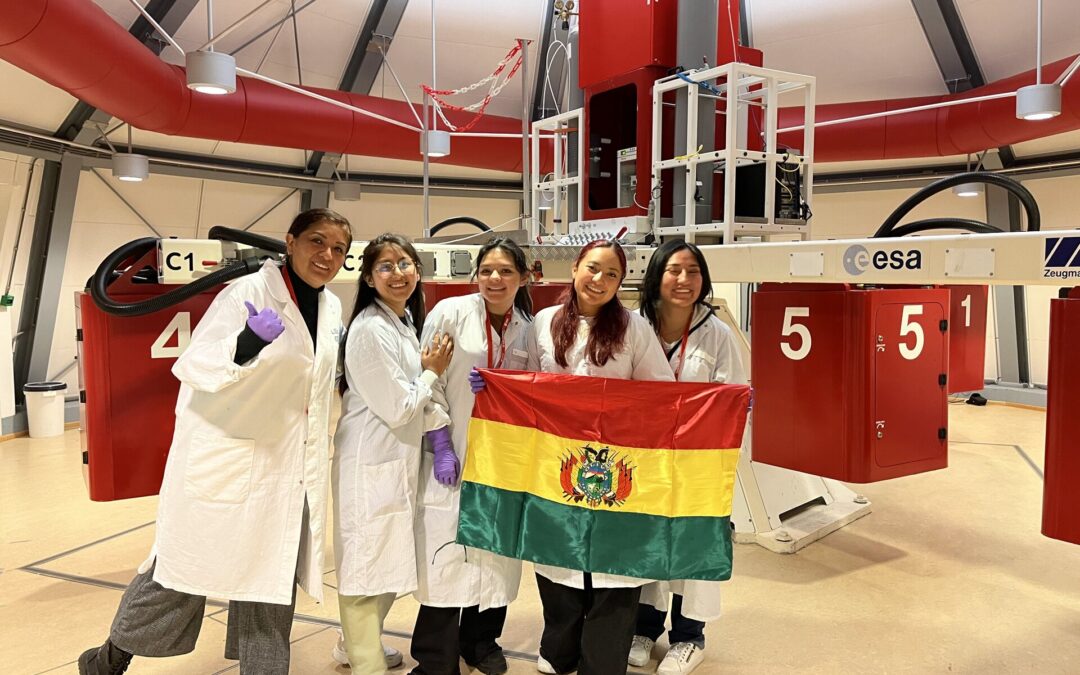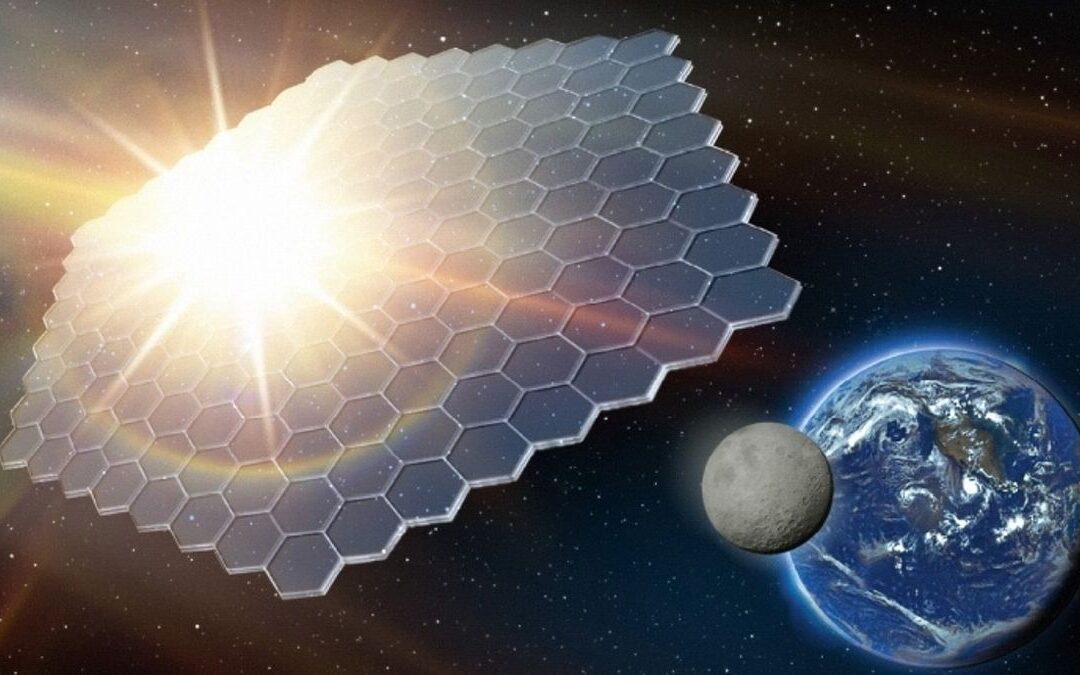heic2313 — Photo Release 20 December 2023 To celebrate the holiday season, the NASA/ESA Hubble Space Telescope has captured the galaxy known as UGC 8091, which resembles a sparkling festive snow globe. With a dazzling array of wavelengths of light captured by...
